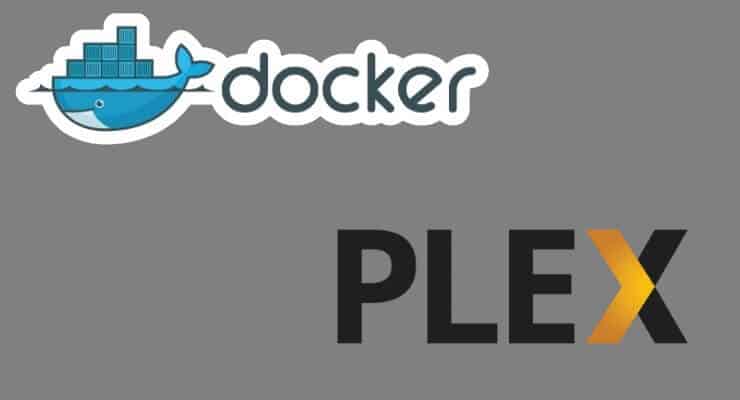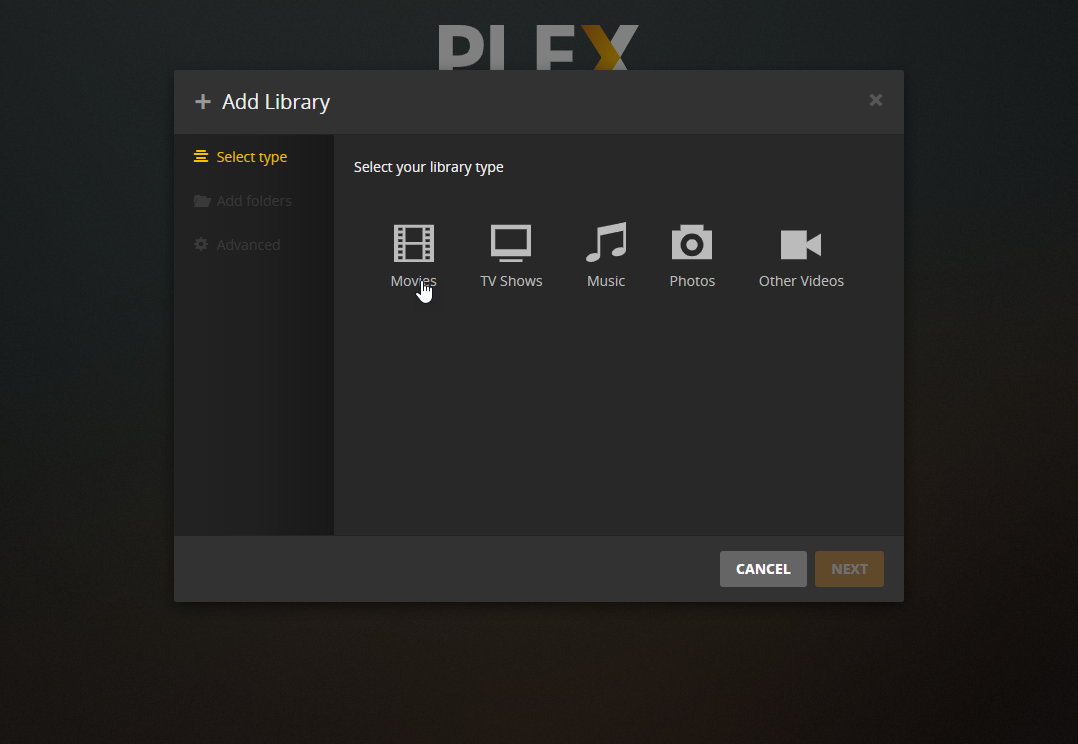

In this article, I'm going to go through how I set up Plex on my Unraid NAS Server! I wanted the server to hold all my media content and all of Plex's features helped me justify the costs associated with building the NAS.


Plex was one of the biggest reasons behind me buying and setting up my NAS. Plex groups similar media titles, remembers what you have, and haven't watched, where you are up to in videos, has excellent search functionality, provides additional information derived from media content metadata and much, much more. If you want to use the PlexPass version of Plex modify the server settings and restart the container using the command shown below.Think Netflix, but for your own media content. You can now browse to and login using you account. You’ll notice I have defined volumes as “:shared” which enables NFS volumes passed-through to the container to be mounted after the container starts without issue.
Plex media server docker update#
Plexinc/pms-docker :plexpass # Configure docker container to always update # Create a new linuxserver/plex docker container # Get a Plex Claim Token by going to this URL and replace below Sudo docker pull plexinc/pms-docker:plexpass If you are not a plexpass subscriber ensure you change this to “public.” If you do not specify a tag, automatic updates on the container will not work. Note below, I have used the “plexinc/pms-docker:plexpass” docker image to ensure automatic updates on container restart work. you can have as many of these as you want)
Plex media server docker tv#

The size of this will vary based on how large your media library is. it will survive containers being deleted/ recreated.
Plex media server docker download#
To download and deploy the container you will need: This guide assumes you have installed docker as outlined here: Reducing the compute overhead of running an additional operating system on top of the host O/SĪn additional benefit of running Plex in this manner is that on restarting the container the latest version of Plex is automatically pulled and deployed, making updates in future very, very simple.Reducing the administrative overhead of updating an additional operating system.The reasons for doing this were as below: I’ve been looking at the merits of moving my Plex server workload from a dedicated KVM/QEMU virtual machine to a docker container on the host server itself. Changing volumes passed-through to container to include “:shared” resolves this issue. Updated 22/05/17: Issue with NFS volumes not being mounted when docker service started led to media being unavailable without container/ docker restart. If you are a plexpass subscriber pull the “plexinc/pms-docker:plexpass” image, if not pull the “plexinc/pms-docker:public” image. Updated 28/03/17 : Automatic updates not working on your container when restarting? Make sure you specify the correct tag for the docker image. Updated 24/12/16 : Plex now have an official Docker container, this guide has been updated to use this.


 0 kommentar(er)
0 kommentar(er)
